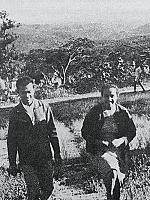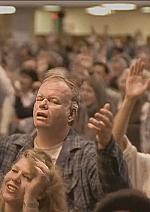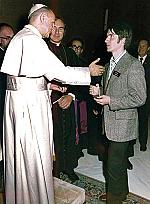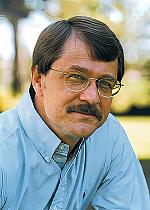“Prayer like the falling of many waters”

[Prayer meeting, Pyeng Yang, Korea, 1908—Methodist Episcopal Church / Public domain, Wikimedia]
Modern-day North Korea has one of the most aggressively anti-Christian governments in the world. This makes it easy to forget that northern Korea used to be a stronghold of Protestant Christianity in Asia. By the beginning of the twentieth century, the city of Pyongyang was known as the “Jerusalem of the East,” with a number of influential Christian institutions, including Union Christian Hospital, Union Presbyterian Theological Seminary, and Union Christian College, the first four-year college anywhere in Korea.
Repentance and outpouring
In 1907 Pyongyang saw the outbreak of a massive revival, the peak of Protestant faith in northern Korean history. For several years before this, Korean Christians and Western missionaries had been praying for an outpouring of the Holy Spirit. It finally came one night that January as Presbyterian missionary William Blair (1876–1970) preached to thousands of Korean men, focusing on their need to stop hating Japanese people, with whom Koreans had a long history of conflict. Many at the meeting began praying out loud. As one missionary described it, the sound of many praying at once brought
not confusion, but a vast harmony of sound and spirit, a mingling together of souls moved by an irresistible impulse of prayer. The prayer sounded to me like the falling of many waters, an ocean of prayer beating against God’s throne. It was not many, but one, born of one Spirit, lifted to one Father above. . . .
Sometimes after a confession, the whole audience would break out in audible prayer, and the effect of that audience of hundreds of men praying together in audible prayer was something indescribable. Again, after another confession, they would break out in uncontrollable weeping, and we would all weep, we could not help it.
Contrition over sin and praying out loud were among the distinguishing signs of this revival, which resulted in many new conversions and church members in the following months and years.
Spirit-led of syncretistic?
Some observers later criticized the Korean revival for its exotic Pentecostal characteristics, and some suggested the revival had syncretistic overtones that drew from local folk religion, especially Korean shamanism and its interaction with the spirit world. There were surely some excesses, but what revival does not run to some extremes? The focus on grief and confession of sin—the sin of ethnic hatred, in particular—suggests that this was a revival in which the Holy Spirit was indeed moving.
Although seminaries and colleges raised up a strong contingent of native Korean leaders, storm clouds were on the political horizon. As World War II loomed, the Western powers began to withdraw all missionaries. After that war the Allies agreed to split the peninsula into spheres of Western influence (South Korea) and Soviet communist influence (North Korea). The communist north became officially atheist and has ruthlessly persecuted its remaining Christian community ever since.
So much news out of North Korea today focuses on the nation’s repressive regime. But the 1907 revival reminds us of a different North Korean past. Let’s pray that God would bring both revival and freedom once again to the North Korean people.
By Thomas S. Kidd
[Christian History originally published this article in Christian History Issue #153 in 2024]
Thomas S. Kidd is Yeats Chair of Baptist Studies at Midwestern Baptist Theological Seminary. A version of this article originally appeared on The Gospel Coalition’s blog and is reprinted with permission.Next articles
Century of the Holy Spirit
Pentecostal, Charismatic, and Third Wave Revivals of the Twentieth Century
Connie DawsonThe moving cloud of God’s presence
How do Christians align with God in the work of revival?







